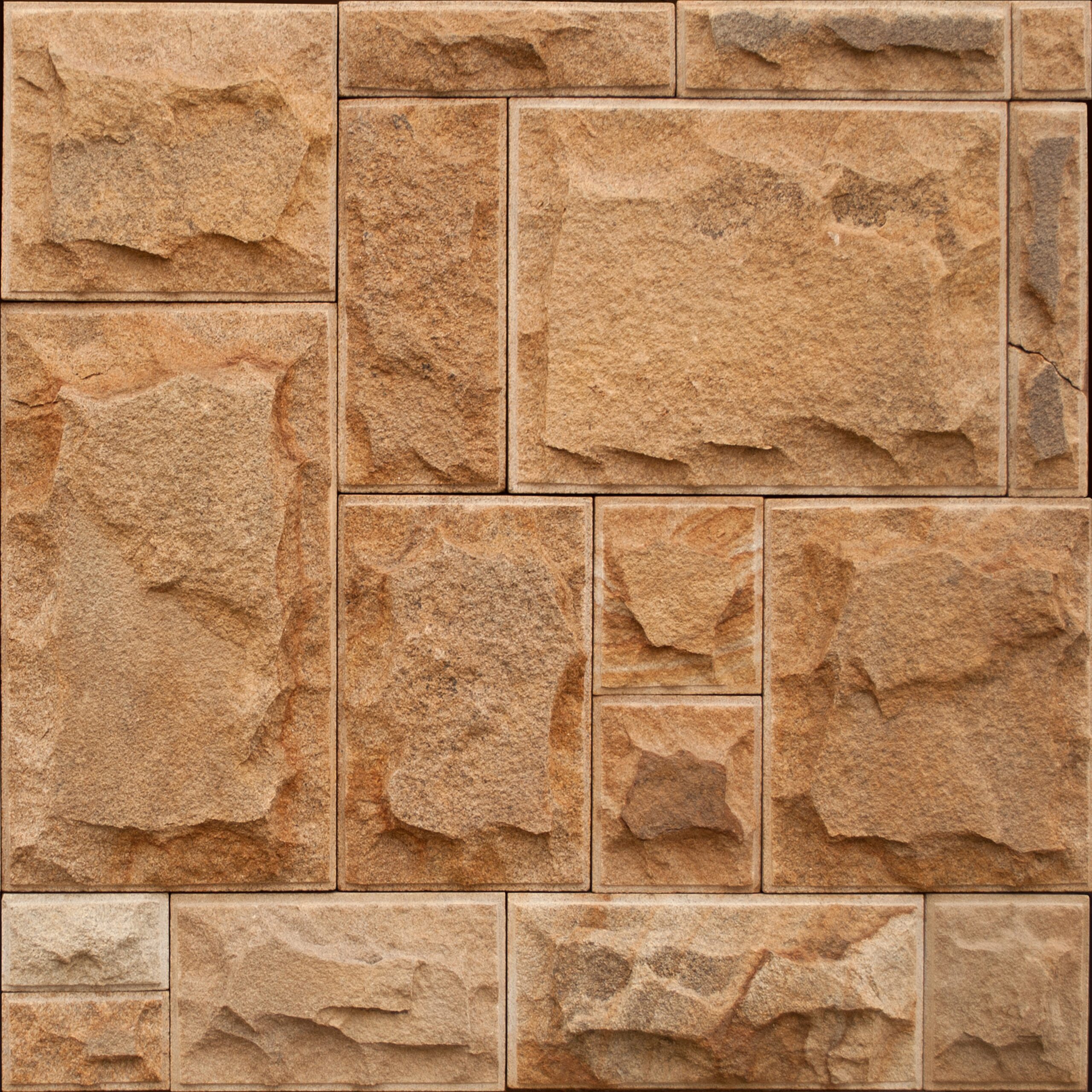Wall textures play a pivotal role in shaping the aesthetics and ambiance of a home. They serve as a canvas that complements the color palette, furniture, and decorative items. Understanding how different wall textures impact a living space’s look and feel can help make informed decisions when decorating or renovating. This article will explore various wall texture types and how they influence a home’s aesthetics.
The Role of Wall Textures in Home Aesthetics
Wall textures can create a sense of depth, interest, and personality in a room. They can make a space feel cozy and inviting or sleek and modern. Textures can also impact the perception of a room’s size and lighting, affecting the overall atmosphere.
Depth and Dimension
Different textures can add depth and dimension to walls, making a room feel more dynamic. For example, a textured wall can break the monotony of flat colors, creating shadows and highlights that add visual interest.
Personality and Style
Wall textures can be a reflection of personal style. Whether someone prefers a rustic, modern, or traditional look, the choice of wall texture can help convey that style effectively.
Perception of Size and Lighting
Textures can alter the perceived size and brightness of a room. Light textures can make a room appear larger and brighter, while dark or heavy textures might make it feel smaller and cozier.
Popular Wall Textures and Their Aesthetic Impact
Knockdown Texture
Knockdown texture is known for its mottled appearance, adding depth and complexity to walls. This texture can give a room a contemporary feel while versatile enough to suit various styles and settings.
Orange Peel Texture
Named after the skin of an orange, this texture is subtle yet adds a level of sophistication to a room. It’s especially good for hiding imperfections on the wall, contributing to a polished and refined aesthetic.
Popcorn Texture
While primarily used for ceilings, popcorn texture can also be applied to walls for a unique look. This texture adds a tactile element to a room but can make it feel somewhat dated if not paired with the right decor.
Sand Texture
Sand texture provides a gritty, coarse finish to walls. It’s an excellent choice for adding a rustic or earthy feel to a room, making it feel grounded and connected to nature.
Venetian Plaster
Venetian plaster offers a smooth and glossy finish reminiscent of classic Italian architecture. This texture can make a room feel luxurious and elegant, perfect for those seeking a sophisticated aesthetic.
Grasscloth Wallpaper
Grasscloth wallpaper provides a natural and organic texture to walls. The woven appearance can add warmth and coziness to a room, making it feel inviting and at home.
Factors to Consider When Choosing Wall Textures
Room Size and Purpose
Consider the size and function of the room when choosing a wall texture. For example, a texture that works well in a spacious living room might not be suitable for a small bathroom.
Lighting Conditions
Considering the natural and artificial lighting in the room. Some textures can enhance lighting, while others might create shadows, affecting the room’s brightness.
Maintenance and Durability
Different textures require varying levels of maintenance. Consider how much time and effort are manageable for maintaining the chosen texture, especially in high-traffic areas.
Personal Style and Preferences
Ultimately, personal taste plays a significant role in choosing a wall texture. Selecting a texture that resonates with individual style preferences and complements the home decor is important.
The Impact of Color on Textured Walls
The choice of color can significantly influence the aesthetic impact of a textured wall. Light colors enhance the texture, making it more pronounced, while dark colors might diminish its visual effect. Balancing color and texture is essential in achieving a room’s desired look and feel.
Conclusion
Different wall texture types distinctly impact a home’s aesthetics, creating a range of atmospheres from cozy and rustic to sleek and modern. By understanding the characteristics of various textures and considering factors like room size, lighting, and personal style, it’s possible to select a wall texture that enhances the beauty and functionality of a living space. Whether opting for the sophistication of Venetian plaster or the earthiness of sand texture, the right choice can significantly contribute to a home’s visual appeal and overall ambiance.
